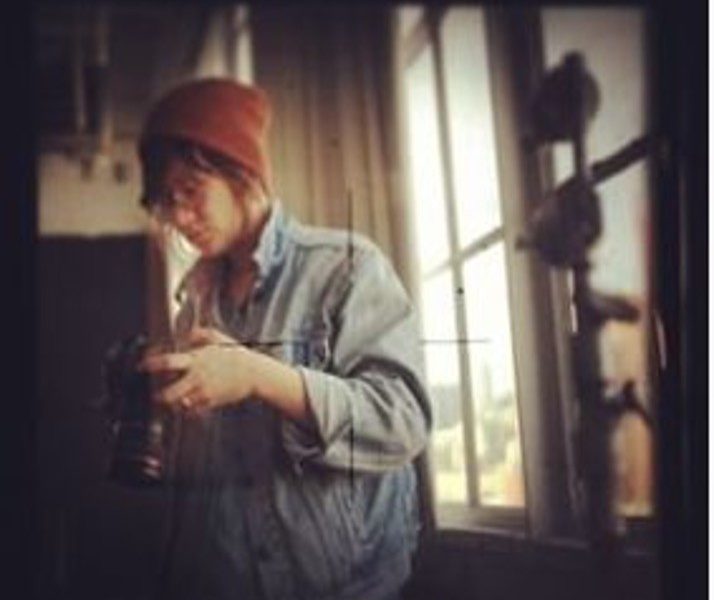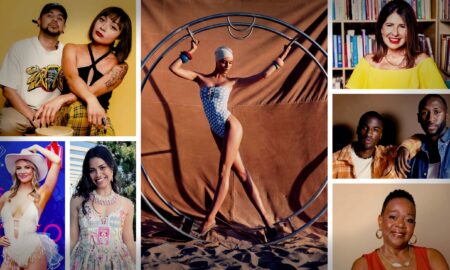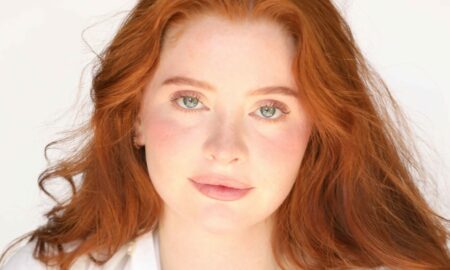

Today we’d like to introduce you to Akina Van de Velde.
Akina, we appreciate you taking the time to share your story with us today. Where does your story begin?
As a kid, my parents traveled for work a lot so I was always bouncing between different cities and even countries. My parents are both immigrants to this country, so left their families behind which meant growing up, I didn’t always have an extended family that I was close to. Growing up in different countries and dealing with the language barrier, I just happened to pick up photography since taking photos was a universal experience. We all love photos of our family members, candid pictures of vacation days, or even (pre-dating Instagram food pics) the epic shared meals that we sometimes can’t recreate. Photography felt to be a universal language, one that could break barriers and help a lonely kid feel less isolated in new schools where not only culture shock was a thing, but I sometimes literally didn’t understand a word the teacher would be saying. It also helped me gain confidence as a kid I think, something I could fall back on as a pursuit that helped me communicate with people.
In college, this incessant, lifelong search for balance between my identities and cultural conflicts threw me into cinematography as a medium because across all cultures, the world is unified by the humanity in us all. It is the day to day that shows us who we are and aligns us in the fact that we all do the same things: we fall in love, marry, and grieve for our losses, but we do much more than those things which are defined by the specific customs or traditions which separate us. All of us also travel, commute to work, wash our vegetables and clothes, and read to our children. I left for NYC from California in early 2012, where I started working as an AC on various projects, films and music videos. In 2018, I came back for California to work steadily as a DP, feeling that I was a little pigeonholed in the role of camera assistant, so decided to come back for a fresh start and to get an MFA at UCLA at the same time.
Can you talk to us a bit about the challenges and lessons you’ve learned along the way. Looking back would you say it’s been easy or smooth in retrospect?
It hasn’t always been a smooth road. I learned a lot about set etiquette the hard way, with really seasoned photographers and cinematographers that expected the best. The pressure to know everything and work efficiently and fast was really difficult, especially as a young woman it was hard to be taken seriously. There would be times where I’ve had a light thrown at me, cursed at, or belittled and berated. This boys’ club mentality of the NYC film scene was brutal at times, but I’d just revert back to my childhood – being in an unfamiliar place, with language barriers and attack the day like that. All I could hold onto was my love for film, and that drove me to fight that much harder to be the best I could be. If I could problem solve better, or help out in any way in the camera department, then I’d be useful and efficient. These qualities, I think really sharpened my edges and helped my skill sets overall.
Thanks for sharing that. So, maybe next you can tell us a bit more about your work?
I love all aspects of cinematography, but really it’s the storytelling in film that I strive for. I think lots of times cinematography is both unmotivated or pretty for the sake of being pretty. The language of lighting comes and goes in trendy fashion – whether it’s really low-key and darker images to push these new digital sensors or soft natural lighting – this Terrance Malick kind of look that we see a lot nowadays. But I think it’s working with the director and ensuring that the best shots or tools are used for each scene, as opposed to making everything pretty. Sometimes a crane shot isn’t worth it, sometimes a steadicam takes away the emotion of a scene, and sometimes it’s not about the expensive toys and tools but using what you have to make something both realistic to the scene and something that can enhance the narrative and emotion in each shot.
I’m proud of all of the work I’ve shot, and not saying that I’m a perfectionist in each shot, but I really believe in walking away at the end of the day proud of every single shot, even the ‘throwaway’ inserts or quick cutaways – every single frame in each project should be worthy of being captured. Recently I just shot a short as my thesis film for UCLA, and having come from an AC background – I focused my efforts on utilizing Depth of Field to enhance the emotional resonance of my characters. I’m pretty proud of it, having pulled three depth of field pulls and using step printing to evoke a sense of memory and nostalgia that I hadn’t seen before. The shots worked, but also from a technical point really pushed me out of my comfort zone to master a quality of cinematography that I hadn’t felt masterful before.
Are there any books, apps, podcasts or blogs that help you do your best?
I love books – I’m always looking for coffee table books and photography books as an inspiration for lighting or composition. Recently I love Todd Hido’s Intimate Distance or any Eggleston, Sally Mann or Nan Goldin. There are also a ton of cool blogs and resources now on the internet for lighting breakdowns or keeping up with new technology.
Contact Info:
- Email: [email protected]
- Website: www.akinavan.com
- Instagram: @akinavan


























